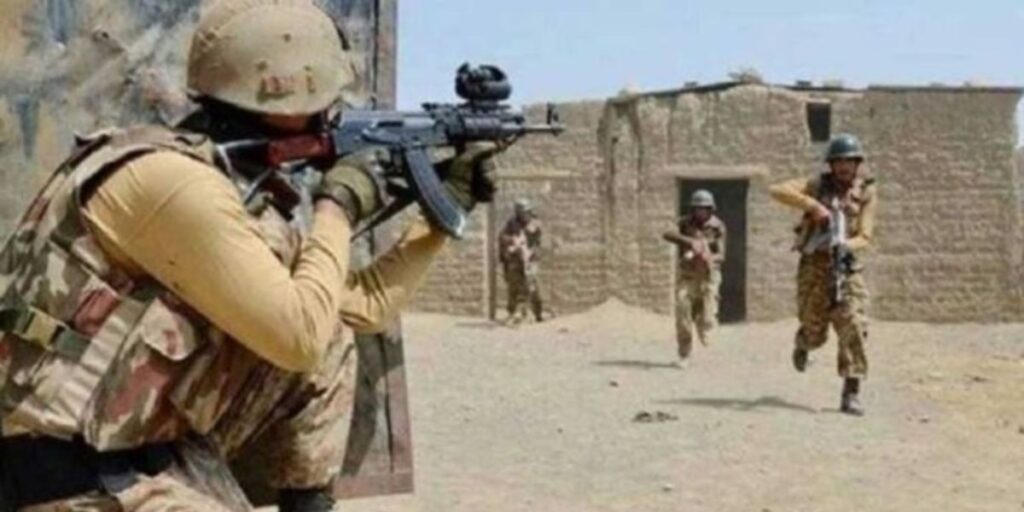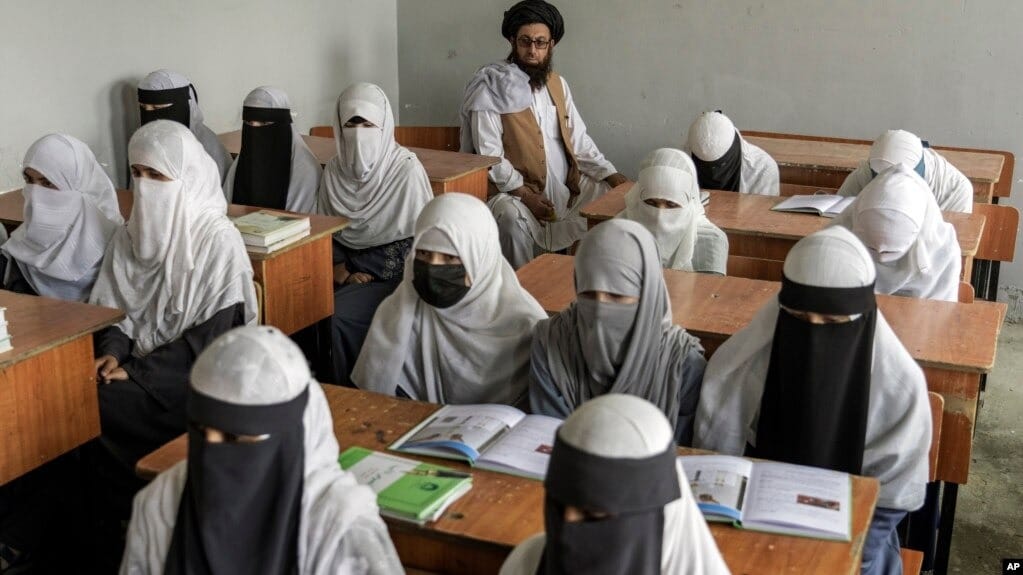ISLAMABAD: Recent security developments in Balochistan point toward a significant strategic shift. In Iran’s Sistan-Balochistan province, the Islamic Revolutionary Guard Corps launched major operations that dismantled a covert Indian supply line.
This route had long been used to funnel funds, weapons, and advanced communication equipment to the banned Baloch Liberation Army (BLA) — referred to as “Fitna-e-Hindustan” — and its urban front, the Baloch Yakjehti Committee (BYC).
Over the past two weeks, Iranian authorities arrested more than 50 operatives and seized large quantities of arms.
These were the same channels that facilitated logistics and funding into Pakistan’s Balochistan. As a result of the crackdown, BLA’s command and control structure has collapsed.
With secret funds frozen, the flow of weapons, rocket launchers, and satellite phones has stopped.
The group is now split into fragmented cells lacking both safe havens and consistent communication.
This is why, instead of targeting a major city or economic asset, the BLA attempted an attack in the relatively remote district of Mastung — hoping a slower reaction time would favor them.
On the morning of July 1, 2025, about a dozen militants stormed the local tehsil office, two banks, and the Levies Lines.
They set fire to bank buildings and the Levies court complex, using rocket-propelled grenades in the assault.
Within moments, the District Police Officer of Mastung arrived at the scene with just seven elite ATF personnel in an armored vehicle.
The militants entrenched themselves inside the Levies compound, but swift police action forced them to retreat.
As they attempted to flee through the Ornach Dam route, carrying a comrade’s body, they encountered pre-positioned Frontier Corps troops, who had already sealed likely exit routes based on intelligence.
In the ensuing firefight, five militants were killed, and three were captured alive despite serious injuries.
Explosives of Indian origin, modern remote detonators, and crypto wallet codes were recovered — concrete evidence of the now-collapsed cross-border supply network.
Tragically, a 14-year-old boy was martyred in the crossfire — a painful reminder of how terrorism continues to threaten innocent lives.
However, timely action by police and FC prevented further casualties. Notably, BYC — once active in blocking roads and trending online hashtags — has gone completely silent.
The reason is simple: after Iran’s raids, the financial channels and hawala networks that once funneled foreign money into BYC have been dismantled.
Lacking domestic funding sources, the group can no longer afford even basic logistical costs.
These developments demonstrate how swiftly the terror infrastructure in Balochistan crumbles once its foreign support is severed.
The failed Mastung assault may well be a final glimpse of a dying insurgency.
The state now has a golden opportunity to fill the vacuum with development projects and meaningful social outreach, bringing youth back into the national fold and denying the enemy any room to regroup.
ALSO READ: FC Balochistan finalises security plan for Muharram
Ultimately, one key lesson stands out: regional cooperation — whether through intelligence sharing with Iran or joint monitoring along the Afghan border — is vital to uproot cross-border terror networks. With BLA and BYC pushed into hiding, the day is not far when these violent movements fade into the margins of history.





